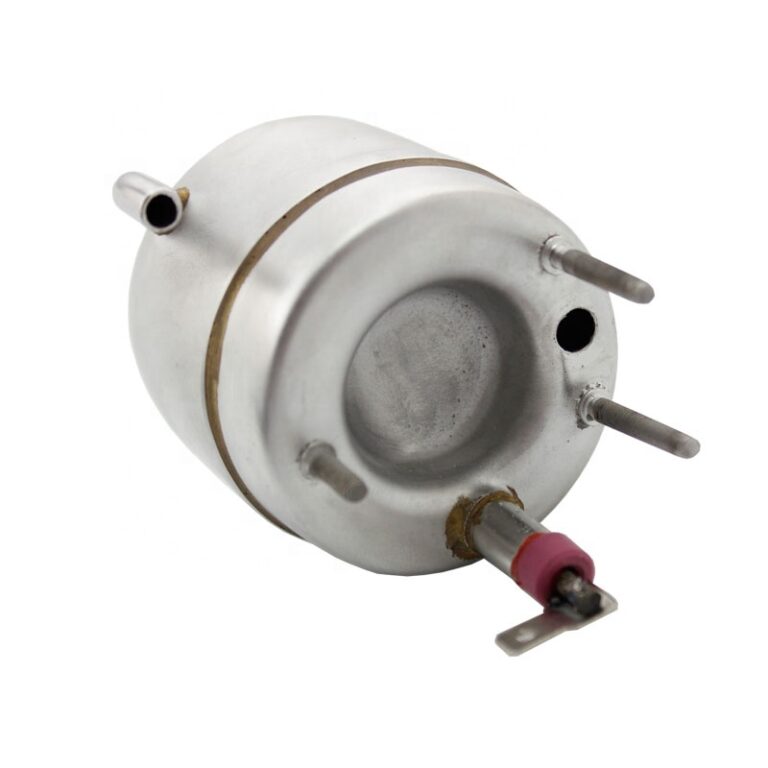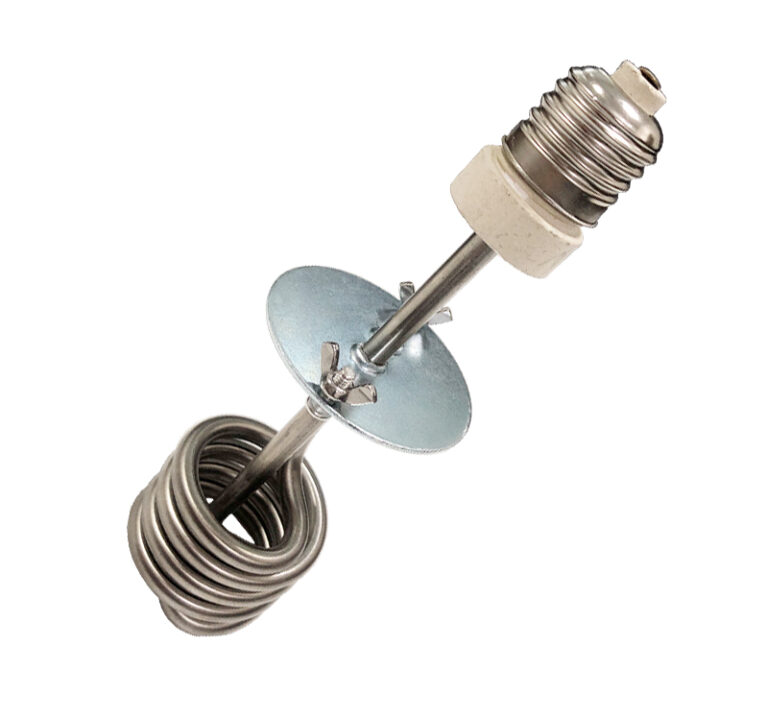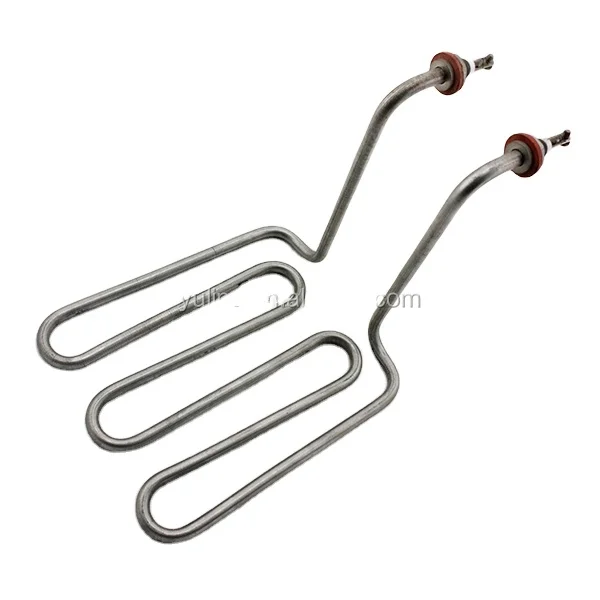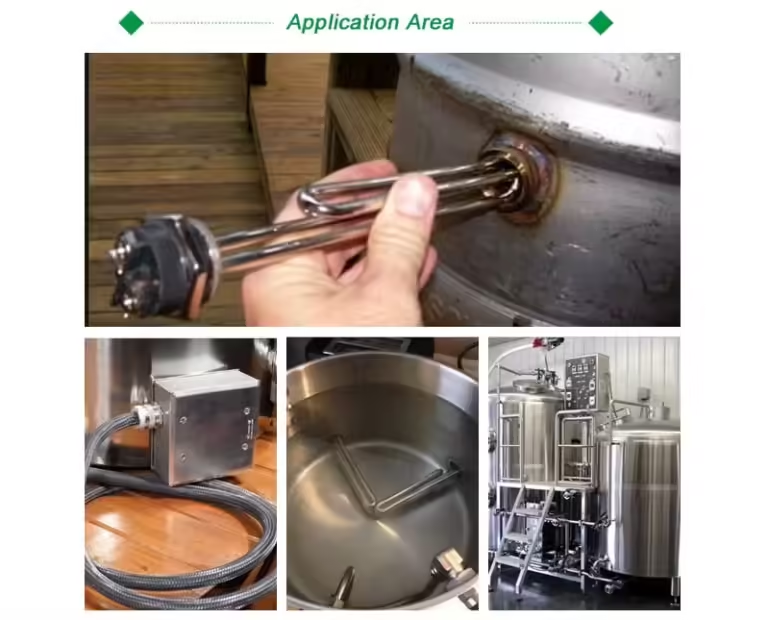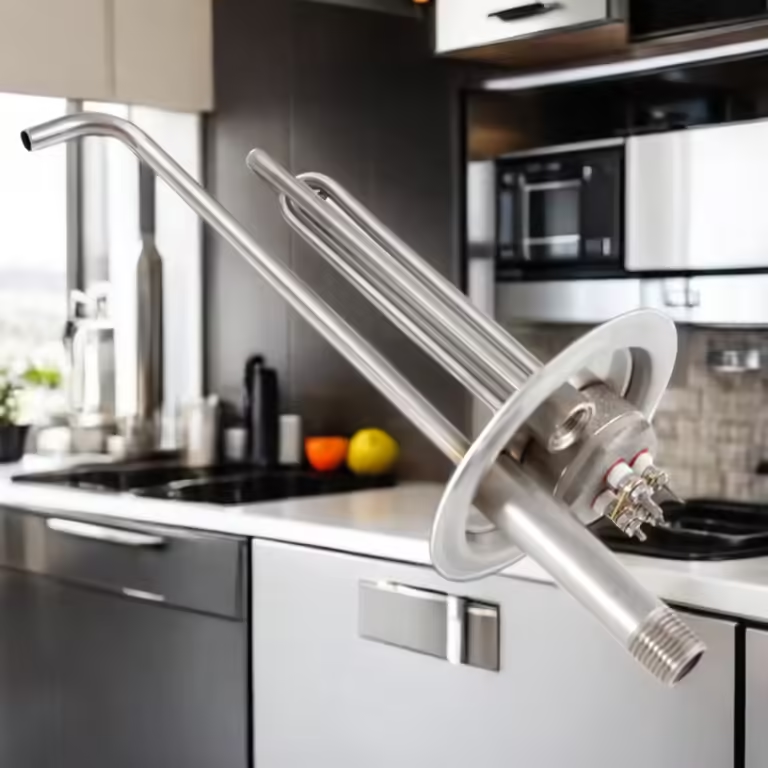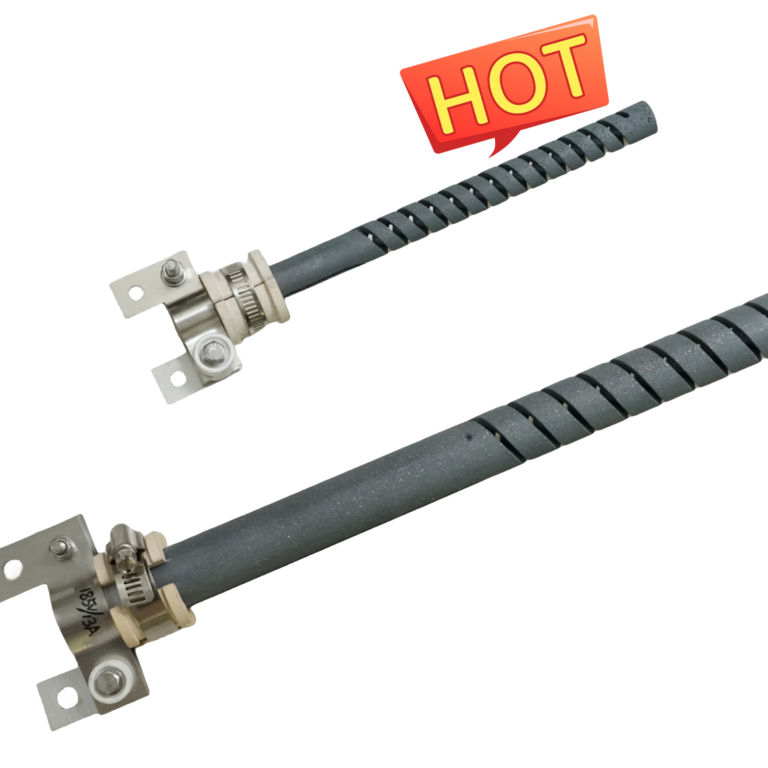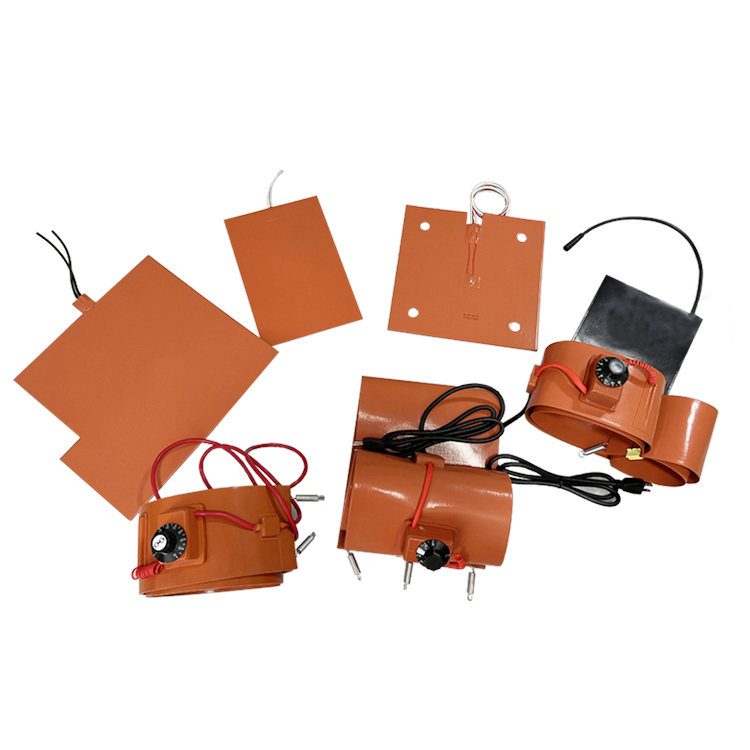
The basic structure of flexible silicone heater
The flexible silicone heater is an efficient and flexible heating solution whose basic construction consists of silicone material, heating wire and insulation layer. Each component has its own unique role in terms of function and performance, and together make up an efficient, durable and flexible heater.
First of all, the silicone material is one of the core components of the silicone heater. Silicone is known for its excellent heat resistance, cold resistance and elasticity, which can maintain its physical properties in high and low temperature environments. This material is not only able to withstand extreme temperatures, but also has good flexibility, so that silicone heaters can be manufactured in a variety of shapes and sizes to suit different application needs.
Secondly, the electric heating wire is the main heating element of the silicone heater. The electric heating wire is usually made of nickel-chromium alloy or iron-chromium aluminum alloy, which has a good resistance thermal effect. When the current passes through the heating wire, the electrical energy is converted into heat energy, thus achieving the heating function. The design and arrangement of the heating wire directly affect the efficiency and uniformity of the heater, so it is very important to accurately arrange and fix the heating wire during the manufacturing process.
In addition, the insulation layer is an important component to ensure the safety of the silicone heater. The insulation layer is usually made of fiberglass fabric or other high-temperature materials, which can effectively prevent the electric heating wire from contacting the external environment, avoiding short circuits and other safety hazards. The insulation layer not only improves the safety of the heater, but also enhances its durability and stability.
In summary, the silicone material, electric heating wire and insulation layer together constitute the basic structure of the silicone heater. Each component plays a key role in improving the flexibility and durability of heaters. Through the careful design and proper combination of these components, silicone heaters can provide a reliable heating solution in a variety of complex environments.
napon | 12V do 480V | Debljina | 1.5mm/1mm/2MM/3MM |
Snaga | 0.1-1.2W/CM2 | Insulation Ohm | More than 5MΩ |
Min Size | 10*10mm | Max Temperature | 250 degree |
Max Size | 2000*10000mm | Napetost žice | 15N*15N |
Thermocouple Type | K/J/Without | ||
Controller | Dial | Digital | Anti-explosion |
Utikač | US | European | British |
3M Back Adhesive | With | Without | |
Working mechanism of silicone heater
Silicone heater is an efficient and flexible heating device, which is widely used in various industrial and commercial fields. Its core components include electric heating wire, silicone material and insulation layer. The electric heating wire is the heart of the silicone heater, and when energized, the electric heating wire will produce a joule heat effect, converting electrical energy into heat energy. The basis of this process is that when the current passes through the heating wire, the resistance causes the heat to be generated.
The silicone material plays a key role in the entire heating process. Silicone is an excellent thermal conductivity material, which can quickly and evenly distribute the heat generated by the electric heating wire. Its high flexibility allows the silicone heater to adapt to a variety of complex shapes of the surface, thus achieving a wider range of applications. This property of silicone makes it ideal for the manufacture of flexible silicone heaters.
In addition, the design of silicone heaters usually includes one or more layers of insulation. The insulation layer not only protects the heating wire and silicone material from the external environment, but also ensures the safety of the heater. Effective insulation protects users and equipment by preventing electric shock and overheating. High quality insulation materials can greatly extend the service life of the heater and improve its reliability and safety.
By understanding the working mechanism of silicone heaters, we can better grasp their advantages in various applications. The high efficiency and reliability of flexible silicone heaters make them occupy an important position in modern society with increasing demand for temperature control. Whether in the heating of industrial equipment, temperature control of medical devices, or in daily life applications, silicone heaters have shown their irreplaceable functions and values.
Silicone heaters have been widely used in many fields due to their excellent flexibility and high efficiency. In the industrial field, flexible silicone heaters are often used for equipment insulation and pipeline heating to ensure that equipment can operate normally at low temperatures. For example, in the petrochemical, food processing and pharmaceutical industries, silicone heaters can effectively prevent liquid freezing and maintain the continuity of the production line.
In the medical field, silicone heaters also show their irreplaceable role. They are widely used in heating systems for medical devices such as blood analyzers, ventilators and patient heating blankets. These devices require a stable and controlled temperature environment, and the uniform heating characteristics and accurate temperature control capabilities of silicone heaters perfectly meet this need. In addition, the flexibility of the silicone heater enables it to adapt to a variety of complex shapes of medical equipment, further improving the universality of its application.
In the daily life of the family, flexible silicone heaters also play an important role. They are widely used in home heating devices such as electric blankets, heating pads and water heaters. Compared with traditional metal heaters, silicone heaters not only have higher safety, but also provide a more uniform temperature distribution and improve user comfort. At the same time, due to its flexibility, silicone heaters can be easily installed in a variety of household appliances to meet different heating needs.
As can be seen from the above examples, silicone heaters have become an important part of many fields due to their flexibility, high efficiency and safety. Whether in industry, medical or household daily life, flexible silicone heaters show their unparalleled advantages and a wide range of application prospects.
Recommendations for selecting and maintaining silicone heaters
When choosing the right flexible silicone heater, there are several key parameters that need special attention. First, power is an important consideration. The power determines the heating efficiency and speed of the heater, so the appropriate power should be selected according to the actual application needs. For example, for applications that require rapid warming, a high-power flexible silicone heater would be an ideal choice.
Secondly, size is also one of the parameters that must be considered. The size of the flexible silicone heater should match the heating surface to ensure uniform heat transfer and energy utilization. Custom sized silicone heaters can be designed according to the shape and size of the specific equipment to provide the best heating results.
The temperature range is also an important parameter when selecting a silicone heater. Different applications require different operating temperature ranges. Some applications may need to operate at high temperatures, while others may only need to be heated at low temperatures. Therefore, it is crucial to choose a flexible silicone heater with the appropriate temperature range. Generally, high quality silicone heaters can operate in a wide temperature range from -60°C to 230°C.
In order to extend the service life of the flexible silicone heater and ensure its safety, regular maintenance and maintenance is essential. First, check the cable and connector parts regularly for wear or damage. If the problem is found, it should be replaced or repaired in time. Secondly, keep the surface of the heater clean to prevent dust and impurities from affecting its heating effect. During use, the heater should also be avoided in the limit temperature state for a long time to reduce the risk of thermal aging.
In short, the selection and maintenance of the appropriate flexible silicone heater can not only improve the heating efficiency of the equipment, but also extend its service life and ensure safe operation. By focusing on key parameters such as power, size and temperature range, as well as regular maintenance and maintenance, users can take full advantage of silicone heaters.

